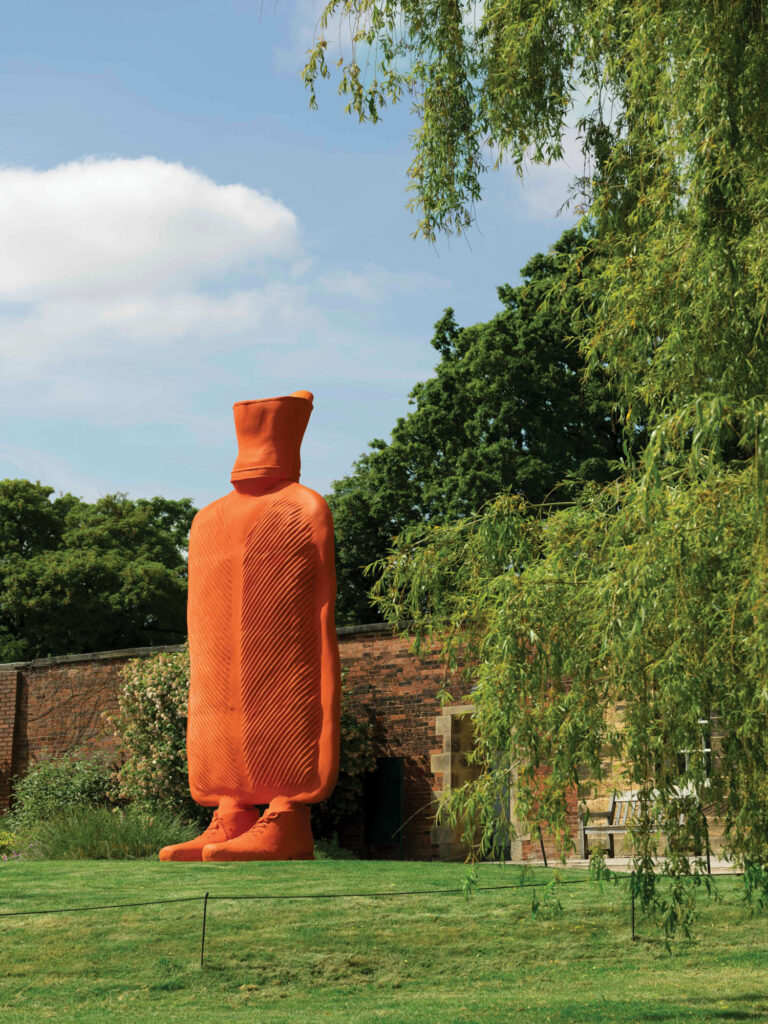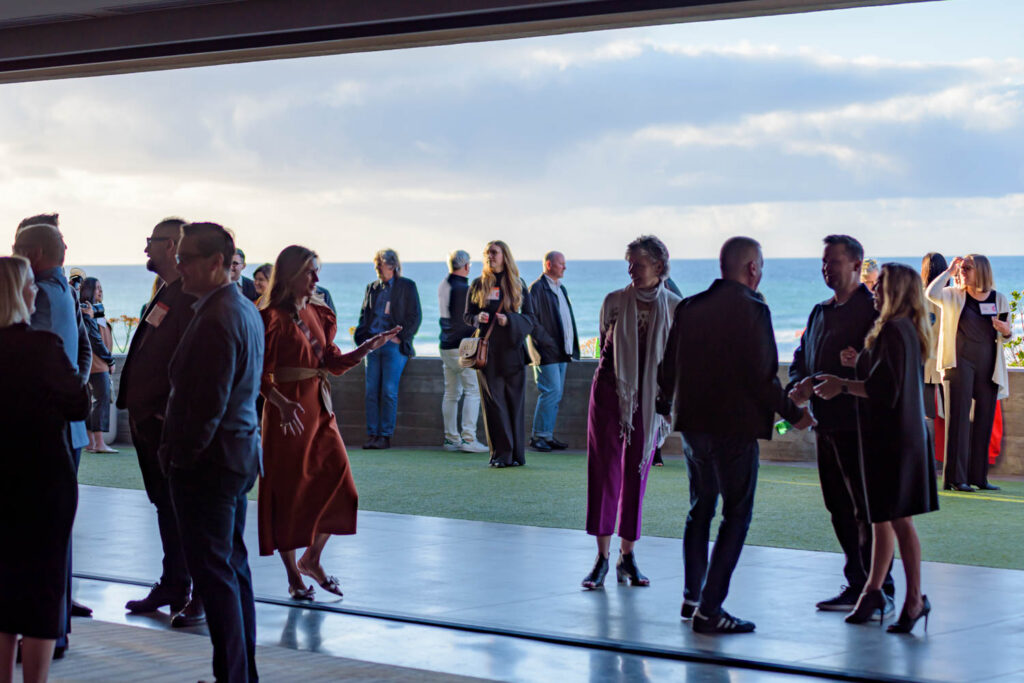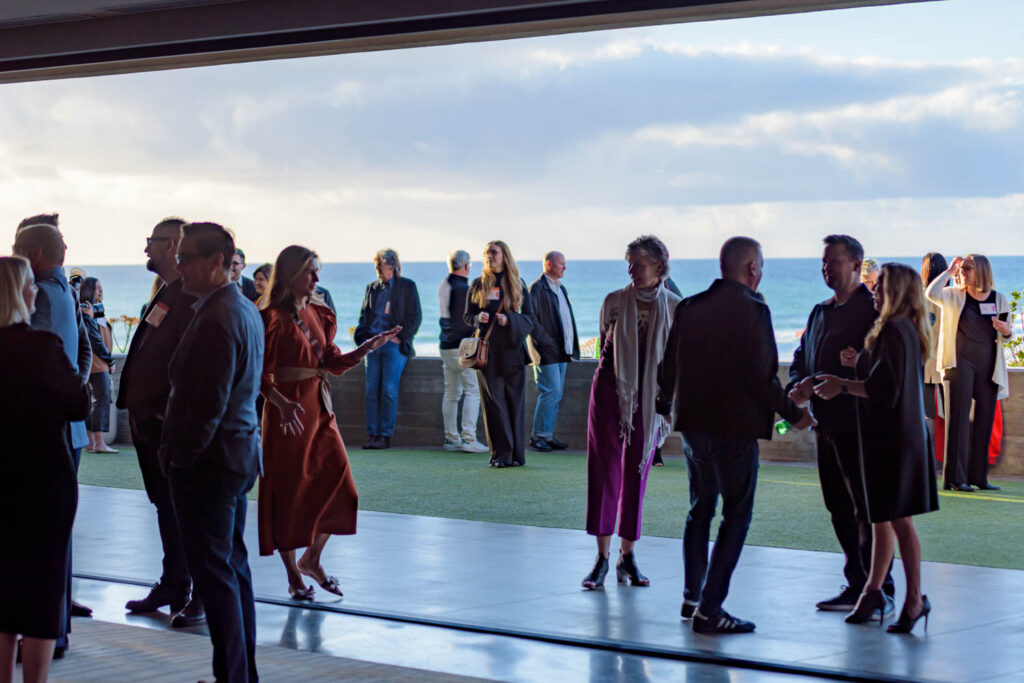
How Designers Transformed a Memphis Park into a Public Oasis
“A can’t miss design team.” That’s how Carol Coletta, Memphis River Parks Partnership president and CEO, describes the ensemble responsible for reinvigorating the city’s 31-acre Tom Lee Park, named after the Black levee worker who, in 1925, while steering his skiff up the Mississippi, rescued 32 people from a capsized riverboat, himself not knowing how to swim, but wasn’t dedicated to Lee until 1954, two years after his death. Over the decades, the flat ¾-mile stretch had become arid and lifeless. That is until women-led firms Studio Gang and Scape, and Black artists Theaster Gates and James Little came upon the scene. Among Jeanne Gang and team’s contribution as master planner and architect is the Sunset Canopy, an expansive community-activity pavilion of locally sourced glulam supported by steel “quad pods,” which nod to the riverfront’s industrial past, all anchored by a vibrant floorwork by Little. Other forms of life—30,000 yards of sod, thousands of native trees and plants, myriad pollinators, undulating hills—are the work of Scape’s Kate Orff and her crew of landscape architects. A few verdant steps away from all the buzz is Gates’s meditative installation of 33 monumental stone stools—one for Lee and everyone he saved.

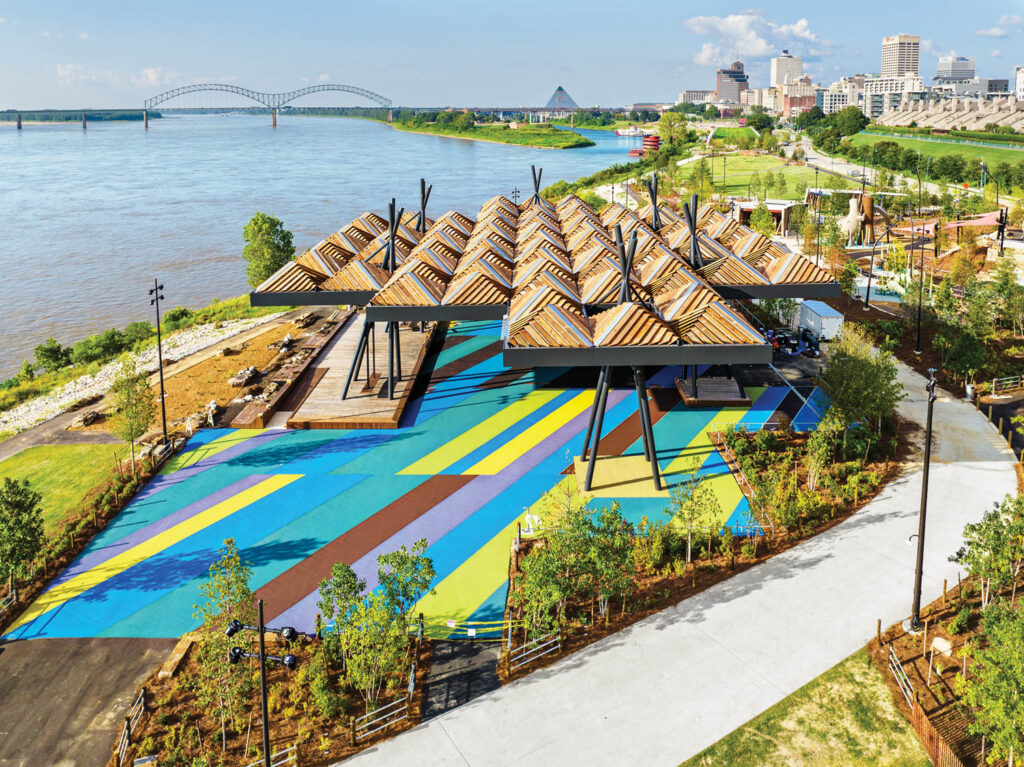


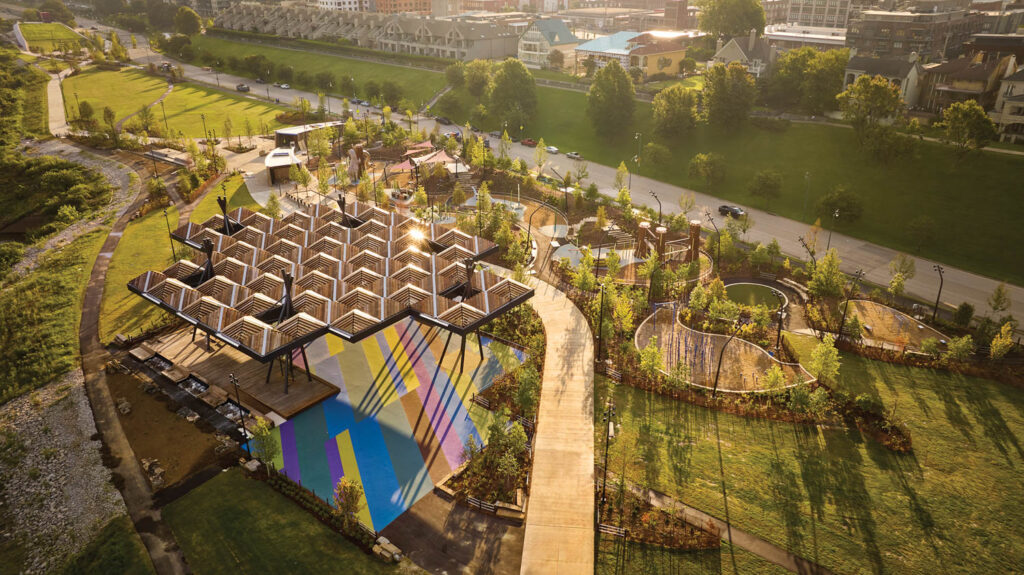


read more
DesignWire
Erwin Wurm Unveils New Works at Yorkshire Sculpture Park
With another installation this summer, Erwin Wurm has once again inserted thought-provoking contemporary sculptures in a centuries-old setting.
DesignWire
Yasmin Spiro’s Latest Installation in Chicago Fosters Community
Groundation, an installation by Yasmin Spiro at the Arts Club of Chicago through October 7, comprises seven panels of hemplike polypropylene rope.
DesignWire
Wayfinding Symbols in Barcelona Double as Street Art—Literally
Arauna Studio employs “tactical urbanism,” stencil-painting recognizable motifs on the street to serve as pedestrian navigation aids in Barcelona.
recent stories
DesignWire
Top Product Picks from the 2024 Kitchen & Bath Industry Show
Check out the sizzling, must-see products that have graced the show floor of NKBA’s KBIS 2024, from Barbie pink faucets to sleek gas cooktop ranges.
DesignWire
10 Questions With… Architect and Designer, Victoria Yakusha
Ukrainian architect, designer and artist Victoria Yakusha sheds light on her overall practice and the ongoing challenge of the war in Ukraine.
DesignWire
Giants and Rising Talent Attendees Explore How Science Shapes Design
What type of environment optimizes cognitive function? A neuroscientist explores this question and more during Interior Design’s Giants and Rising Talent event.

